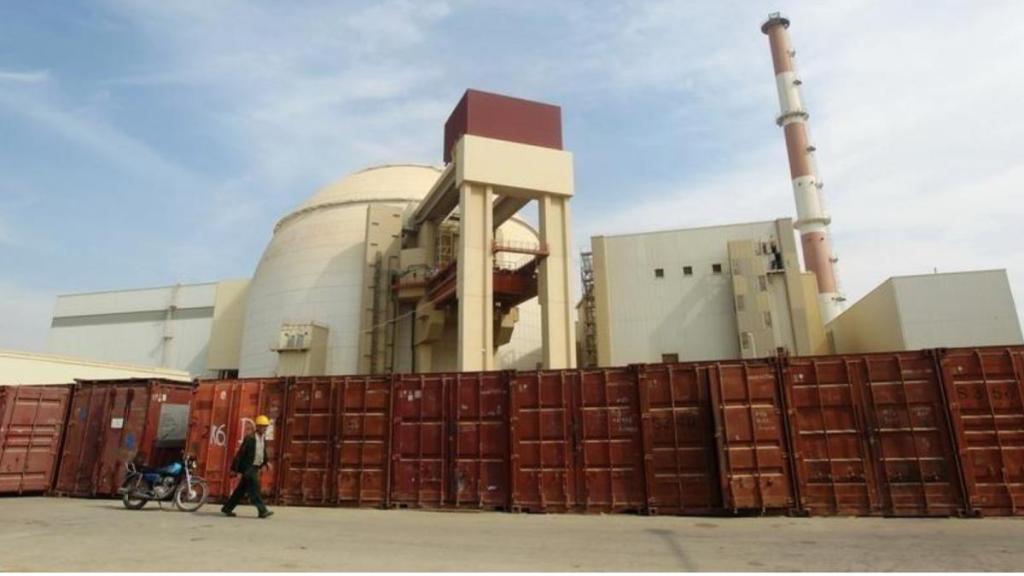A few days ago, senior US officials and even President Donald Trump categorically stated that its air strikes on Iran “obliterated” the Islamic nation’s nuclear facilities. However, in a latest interview, UN nuclear watchdog chief has said that Iran could resume production of enriched uranium within months. The statement contradicts the US’ claims and long-term effectiveness of its recent military strikes on Iran’s nuclear infrastructure.
Director-General of the International Atomic Energy Agency (IAEA) Rafael Grossi said in an interview with CBS News that while the strikes had dealt a blow to Iran’s capabilities, they have not eliminated Tehran’s ability to resume enrichment.
“The capacities they have are there. They can have, you know, in a matter of months, I would say, a few cascades of centrifuges spinning and producing enriched uranium—or less than that,” Grossi told CBS. “Frankly speaking, one cannot claim that everything has disappeared and there is nothing there,” he added.
The interview follows statements from US officials that airstrikes earlier this month “obliterated” key Iranian nuclear sites, including facilities in Fordow, Natanz and Isfahan. The strikes, carried out jointly with Israel, were aimed at halting Iran’s nuclear program amid fears that Tehran was inching closer to weapons-grade enrichment.
US President Trump said on Friday he would consider additional strikes if Iran returned to “worrisome” levels of enrichment. However, Grossi noted that Iran’s nuclear knowledge and technical expertise cannot be erased. “Iran is a very sophisticated country in terms of nuclear technology. So you cannot disinvent this. You cannot undo the knowledge that you have or the capacities that you have,” he added.
While Iran maintains that its nuclear program is purely for peaceful purposes, Western analysts warn that the country’s technological know-how gives it an irreversible head start. Grossi also said the IAEA is uncertain about the current location of Iran’s highly enriched uranium stockpile, raising concerns that some material may have been moved ahead of the airstrikes. “So some could have been destroyed as part of the attack, but some could have been moved,” he added.
(With inputs from agency)


